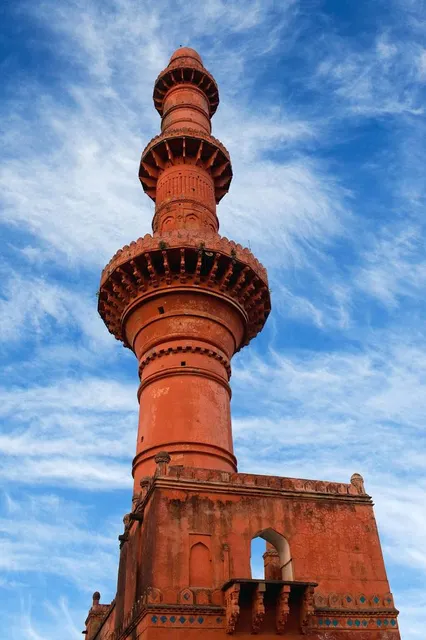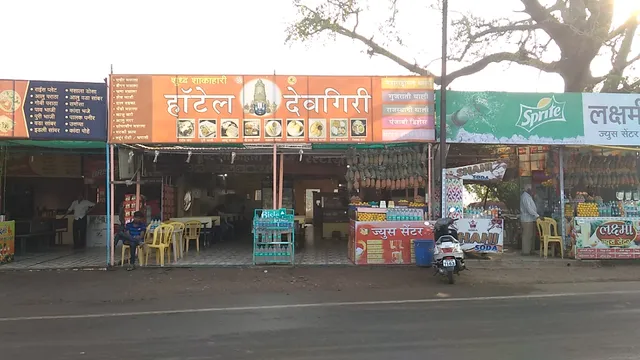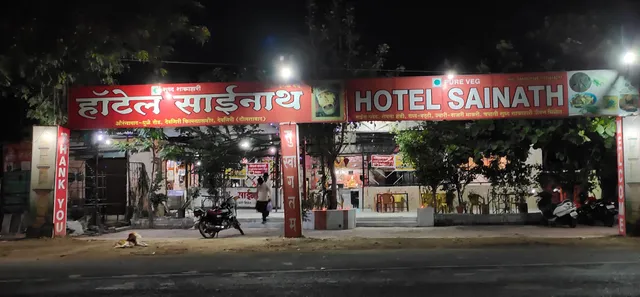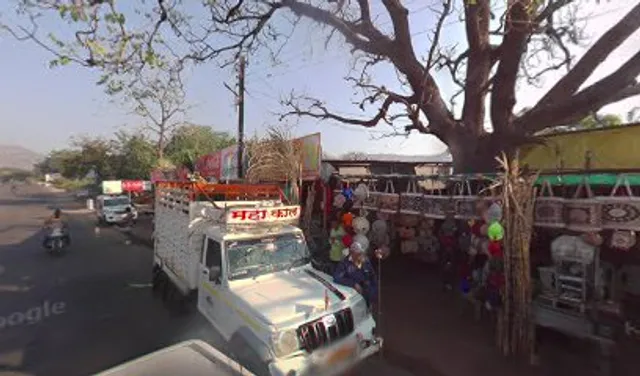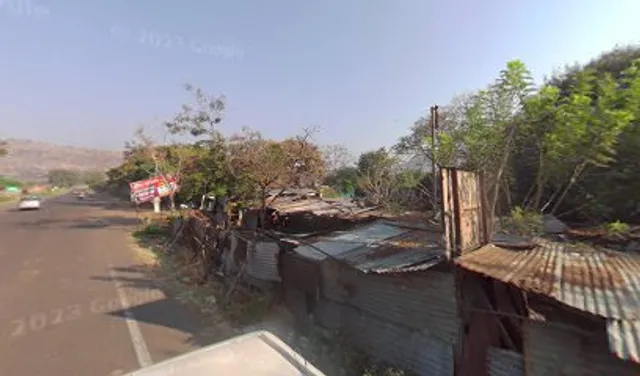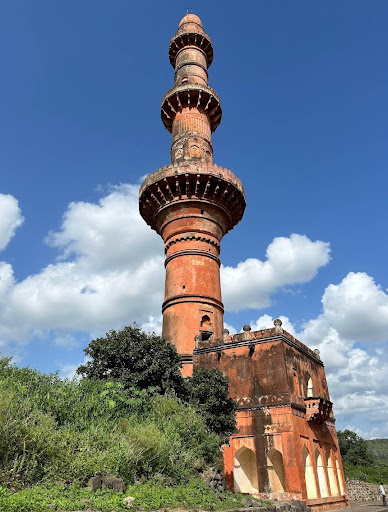Recently, I had the opportunity to visit Daulatabad Fort, a magnificent structure near Aurangabad, Maharashtra. This fort, with its rich history and breathtaking views, left me in complete awe. From its strategic location to its brilliant architectural design, every corner of the fort spoke volumes about its glorious past. Let me take you through my experience, along with some essential details about the fort’s history, accessibility, and what to expect when you visit.
A Brief History of Daulatabad Fort
Originally known as Devgiri Fort, it was built in the 12th century by King Bhillama V of the Yadava Dynasty. The fort stood strong as a significant military stronghold before it caught the attention of Muhammad bin Tughlaq, the Sultan of Delhi, in the 14th century. In 1327, he renamed it Daulatabad and even shifted his capital from Delhi to this place, though his plan ultimately failed due to lack of water supply and other logistical issues. Over the years, the fort saw the rule of various dynasties, including the Bahmanis, Nizam Shahis, Mughals, and Marathas, each leaving their mark on its architecture. Today, it stands as a symbol of India’s glorious past, drawing history enthusiasts and tourists from all over.
My Journey to Daulatabad Fort
Reaching Daulatabad Fort was quite convenient. The fort is located around 15 km from Aurangabad on the Aurangabad-Ellora highway, making it an easy stopover for those visiting the Ellora Caves. I took a cab from Aurangabad, and the drive was smooth, taking about 30-40 minutes. For those coming from Mumbai or Pune, the best option is to take a train or bus to Aurangabad and then hire a local cab or auto-rickshaw.
Timings & Entry Fee
The fort is open from 9:00 AM to 6:00 PM every day. The entry fee is quite reasonable:
Indians: ₹25 per person
Foreigners: ₹300 per person
Children below 15 years: Free
There’s also a parking facility available near the entrance, which is useful for those traveling by private vehicle.
Exploring the Fort
As soon as I stepped inside, I realized that this wasn’t just another historical site—it was an architectural marvel. The fort is built on a 200-meter-high conical hill, making it almost impregnable. The only way up is through a series of steep steps, dark passages, and cleverly designed obstacles to confuse invaders.
One of the most fascinating features of the fort is the Bhool Bhulaiya (maze-like entrance). It consists of tricky passages and hidden traps, making it nearly impossible for enemies to penetrate. The Andheri (dark passage), a pitch-black tunnel designed to disorient intruders, was quite an eerie yet thrilling experience.
The fort also houses various structures such as:
Chand Minar, a 30-meter-high tower built by Alauddin Bahman Shah.
Bharat Mata Temple, originally a Jain temple, now dedicated to the spirit of India.
Baradari (Audience Hall), reservoirs, and canons, which highlight the strategic planning of the fort’s defense system.
The Breathtaking Eagle-Eye View
After climbing for about an hour, I finally reached the summit of the fort, and the view was absolutely worth every step. From the top, I could see miles of lush green fields, nearby villages, and the majestic Ellora caves in the distance. The panoramic view of the entire region made me appreciate why this location was chosen for such a grand fortress.
The sunset view from the fort is particularly mesmerizing. Watching the golden rays paint the fort’s walls while feeling the cool breeze was a perfect ending to my visit.
Final Thoughts
My visit to Daulatabad Fort was an unforgettable experience. The mix of history, adventure, and breathtaking views made it one of the best forts I have ever explored. Whether you're a history buff, a photography enthusiast, or just someone who loves adventure, this fort has something for everyone.
If you’re planning to visit Aurangabad or Ellora, I highly recommend adding Daulatabad Fort to your itinerary. Just remember to wear comfortable shoes, carry water, and...
Read more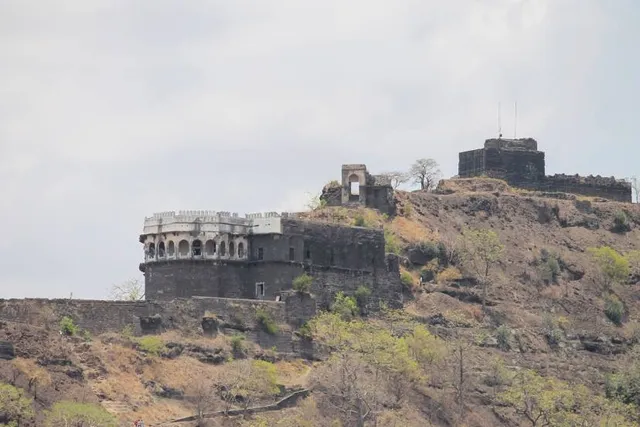
 Learn more insights from Wanderboat AI.
Learn more insights from Wanderboat AI.



